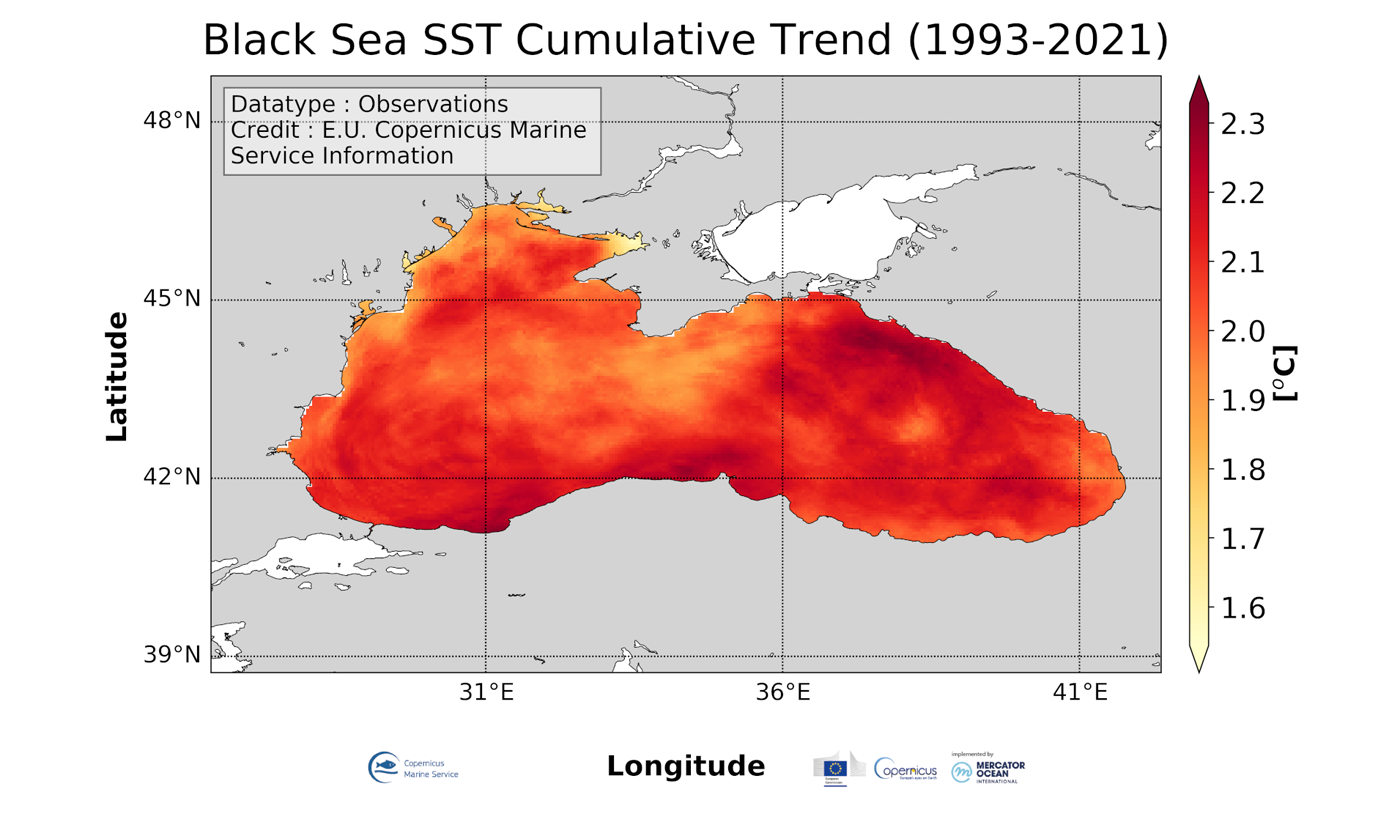Copernicus has recently announced that over the last four months, the globe as a whole has seen a long period of unusually high sea surface temperatures (SSTs). Global average SSTs remained at record high levels for the time of year throughout April, May and June 2023, a situation that has continued into July 2023, with the largest SST anomaly for any July on record.
Global average SSTs are typically at their highest in March. However, data from the Copernicus Climate Change Service (C3S) have shown that, after an initial sharp rise in early March and a slight dip during April and May, SSTs have continued to rise to reach the highest value in the C3S ERA5 dataset, 20.96°C on 31 July. This is slightly above the previous record, from March 2016, of 20.95°C. As well as daily SSTs remaining consistently above average, this year has seen the largest SST anomaly by far for any July in the dataset. At 20.89°C, the monthly average SST was on par with March 2016 as the highest for all months in the ERA5 record. It was also by far the highest on record for July, with an anomaly of 0.51°C.
Black Sea Surface Temperature cumulative trend map from Observations Reprocessing show the highest intensity among all the other European Seas

The spatial pattern of the Black Sea SST trend reveals a general warming tendency, ranging from 0.053 °C/year to 0.080 °C/year. The spatial pattern of SST trend is rather homogeneous over the whole basin. Highest values characterize the eastern basin, where the trend reaches the extreme value, while lower values are found close to the western coasts, in correspondence of main rivers inflow. The Black Sea SST trend continues to show the highest intensity among all the other European Seas.
https://data.marine.copernicus.eu/product/BLKSEA_OMI_TEMPSAL_sst_trend/description
DOI (product): https://doi.org/10.48670/moi-00218
